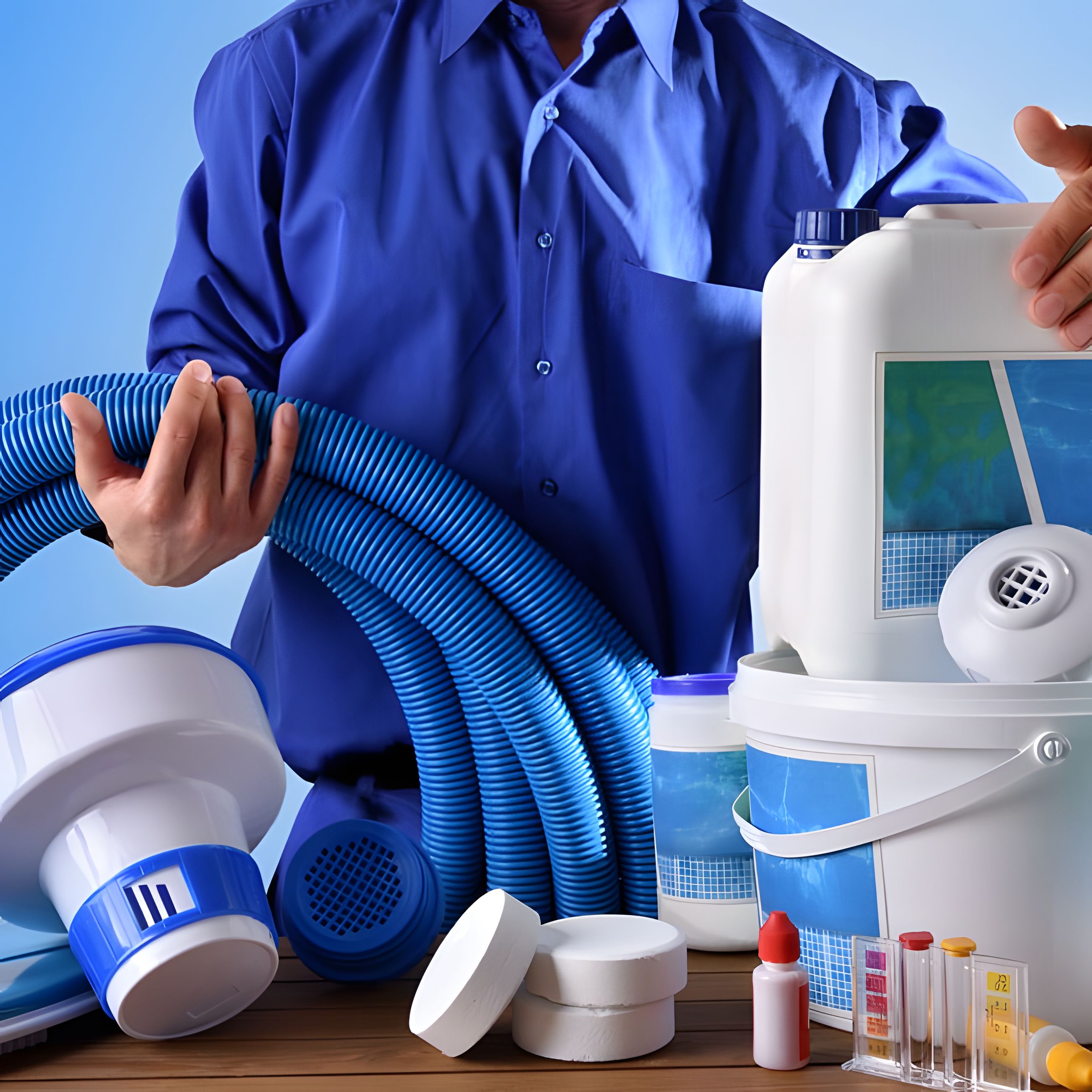Professional Detergents

Overview of Professional Detergents
Professional detergents are widely used in household cleaning, industrial cleaning, food processing, hospital disinfection, and other fields, offering multiple functions such as stain removal, grease removal, descaling, and disinfection. To enhance cleaning performance and optimize the user experience, various functional chemicals are often added to detergents, such as surfactants, water softeners, pH adjusters, and buffering agents. These ingredients help improve the detergent’s cleaning power, stability, shelf life, and performance during use, including foam generation and stain removal.
The Role of Each Ingredient in Professional Detergents
Sodium Hexametaphosphate
Role: Sodium hexametaphosphate is a water softener that can bind with calcium, magnesium, and other hardness ions in water, forming soluble complexes and reducing water hardness. Hard water reduces the effectiveness of surfactants, but sodium hexametaphosphate effectively mitigates this issue and enhances cleaning performance.
Market Advantage: As the demand for cleaning products in hard water regions increases, sodium hexametaphosphate has become an important component in detergents, especially in laundry powders and dishwashing liquids.
Sodium Tripolyphosphate
Role: Sodium tripolyphosphate is a powerful water softener that lowers water hardness and prevents scale formation, thus improving the cleaning power of detergents. It also acts as a dispersing agent, helping to keep dirt in suspension during cleaning to prevent re-deposition.
Market Advantage: Sodium tripolyphosphate is a common ingredient in laundry powders and industrial detergents, offering excellent cleaning performance, especially in tough stain removal situations. It is cost-effective, and its demand remains stable.
Sodium Phosphate Tribasic
Role: Sodium phosphate tribasic is an alkaline water-soluble compound with strong cleaning properties. It effectively neutralizes acidic dirt and acts as a dispersant, helping to remove stains quickly.
Market Advantage: Due to its powerful stain removal and low cost, sodium phosphate tribasic is widely used in industrial cleaners and kitchen cleaners. Its alkaline properties make it particularly effective in removing grease and oil stains.
Sodium Hydrogen Phosphate
Role: As a pH adjuster, sodium hydrogen phosphate helps maintain the stability of detergents by regulating the pH. Its buffering action prevents excessive acidity or alkalinity from destabilizing the detergent.
Market Advantage: Sodium hydrogen phosphate is widely used in various cleaning products due to its ability to maintain pH balance, making it an essential component in neutral or mildly alkaline detergents.
Potassium Dihydrogen Phosphate
Role: Potassium dihydrogen phosphate serves as a buffering agent, helping to stabilize the pH of detergents and enhancing cleaning performance by reducing the consumption of surfactants. It is commonly used in high-end cleaning products.
Market Advantage: Its effective buffering properties make potassium dihydrogen phosphate an important ingredient in high-performance detergents, particularly in applications where pH control is critical, such as in food industry cleaning and hospital disinfection.
Potassium Hydrogen Phosphate
Role: Similar to potassium dihydrogen phosphate, potassium hydrogen phosphate is used to maintain the pH stability of detergents. It also has some cleaning properties and helps remove oil and dirt.
Market Advantage: Potassium hydrogen phosphate is widely used in high-end detergents and cleaning agents, particularly in situations requiring precise pH control.
Sodium Lauryl Ether Sulfate (SLES)
Role: SLES is a surfactant with excellent grease-cutting, foaming, and emulsifying properties. It is widely used in detergents to remove grease, dirt, and stains while generating a rich and stable foam.
Market Advantage: SLES is a common and popular surfactant with high demand, affordable pricing, and excellent cleaning performance. It is one of the key ingredients in cleaning agents, shampoos, and body washes.
Product Features and Market Advantages
Efficient Water Softening: Sodium hexametaphosphate, sodium tripolyphosphate, and sodium phosphate tribasic are key water softeners that help improve detergent performance in hard water. By reducing the adverse effects of hard water, they enhance the overall cleaning efficiency.
pH Control: Sodium hydrogen phosphate, potassium dihydrogen phosphate, and potassium hydrogen phosphate act as pH adjusters and buffering agents to maintain the stability of the detergent, ensuring optimal cleaning performance and effectiveness.
Excellent Stain Removal: Sodium lauryl ether sulfate (SLES) is a powerful surfactant with excellent stain and grease removal properties, enhancing the cleaning power of detergents.
Environmental Friendliness: These chemicals are generally non-toxic and non-irritating, complying with environmental regulations and meeting the growing market demand for sustainable cleaning products.
Our Export Advantages and Case Studies
Our company enjoys the following advantages in chemical exports:
Global Supply Chain: We collaborate with suppliers and distributors in multiple countries to ensure stable product supply and competitive pricing.
Product Certifications: All our chemicals meet international environmental and quality standards (such as ISO, REACH, etc.), ensuring that our export products are certified for compliance in international markets.
Customized Solutions: We offer personalized product solutions based on customer needs, especially in high-end markets, where we provide optimized formulations for specific applications.
Case Study: We once provided customized raw materials for a large international detergent manufacturer facing issues with cleaning effectiveness in hard water regions. We recommended a combination of sodium hexametaphosphate and sodium tripolyphosphate and adjusted the pH for optimal performance. After market testing, the client saw a 15% increase in sales and received positive customer feedback on the improved cleaning power.
Conclusion
Sodium hexametaphosphate, sodium tripolyphosphate, sodium phosphate tribasic, sodium hydrogen phosphate, potassium dihydrogen phosphate, potassium hydrogen phosphate, and sodium lauryl ether sulfate are essential components in modern professional detergents. They play critical roles in water softening, pH adjustment, stain removal, and foam generation. As consumer demands for high-performance and environmentally friendly cleaning products rise, these ingredients are becoming increasingly important in the global detergent market. Our company, with its extensive experience, high-quality products, and customized services, has become a trusted supplier in the international market, helping clients enhance their product competitiveness and achieve excellent sales performance.